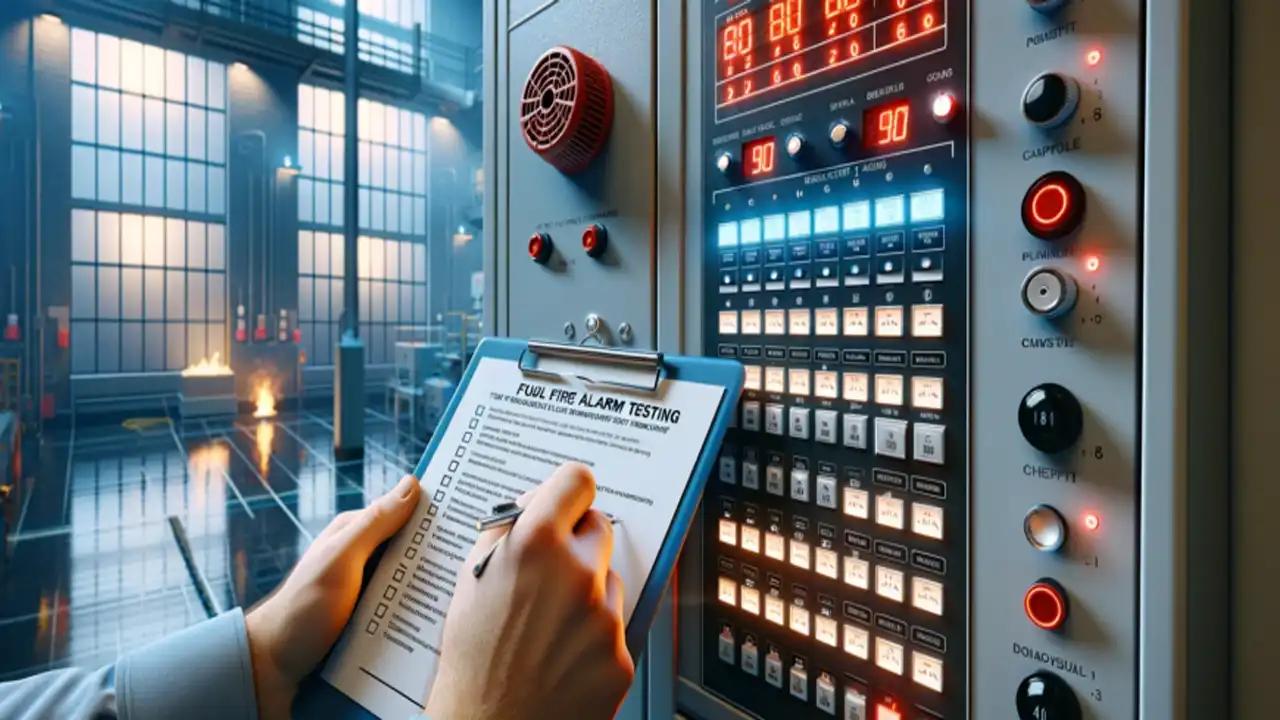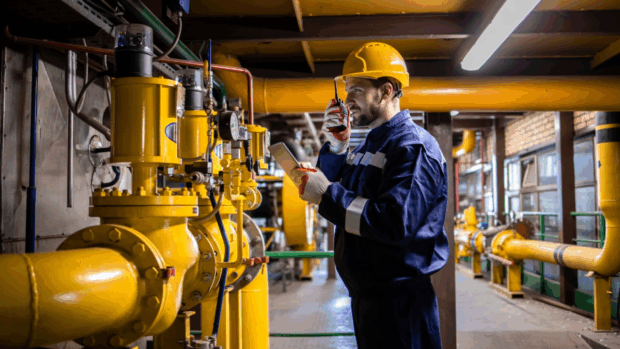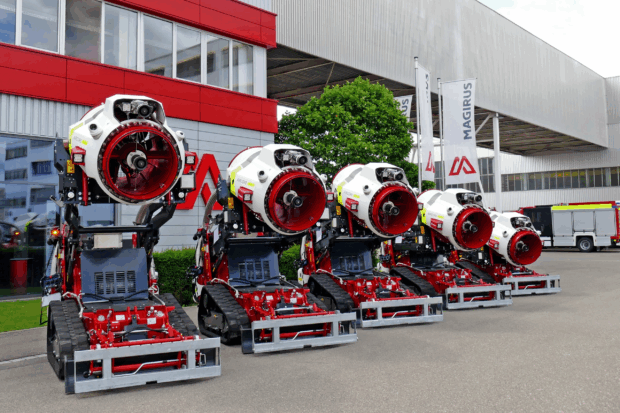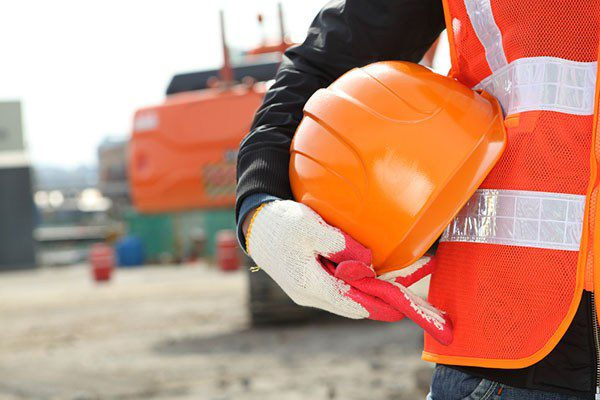Revolutionizing Fire Safety: How AI and IoT are Enhancing Early Detection Systems. The rapid advancement of technology is transforming fire safety, with Artificial Intelligence (AI) and the Internet of Things (IoT) leading the way. These innovations are redefining how fires are detected, prevented, and managed, significantly reducing response times and minimizing damage. As fire-related risks continue to evolve, AI and IoT offer unprecedented opportunities to enhance early detection systems and safeguard lives, property, and the environment.
Traditional Challenges in Fire Detection
Conventional fire detection systems, such as smoke detectors and heat sensors, rely on physical triggers like smoke or temperature changes. While effective to a degree, these systems often suffer from delayed response times, false alarms, and limitations in detecting fire conditions in large or complex environments.
For example, in sprawling industrial facilities or densely populated buildings, a fire can spread quickly before traditional systems detect it. Additionally, false alarms can lead to complacency or unnecessary evacuations, eroding trust in safety protocols.
Enter AI and IoT: A Game-Changing Duo
AI and IoT are addressing these challenges by creating smarter, more responsive fire detection systems. Together, they provide real-time monitoring, data analysis, and decision-making capabilities that far surpass traditional methods.
IoT-Enabled Sensors: The Foundation of Smart Detection
IoT devices, such as connected smoke detectors, thermal cameras, and air quality monitors, are at the core of modern fire detection systems. These sensors collect data on environmental conditions, including smoke density, temperature fluctuations, and gas concentrations, and transmit it to centralized platforms for analysis.
Unlike standalone detectors, IoT-enabled sensors are part of a network, allowing them to communicate and provide a comprehensive view of a building’s fire risk in real-time. For instance, if one sensor detects a temperature rise, it can trigger other sensors to verify the threat, reducing false alarms and improving accuracy.
The Role of AI: Turning Data into Actionable Insights
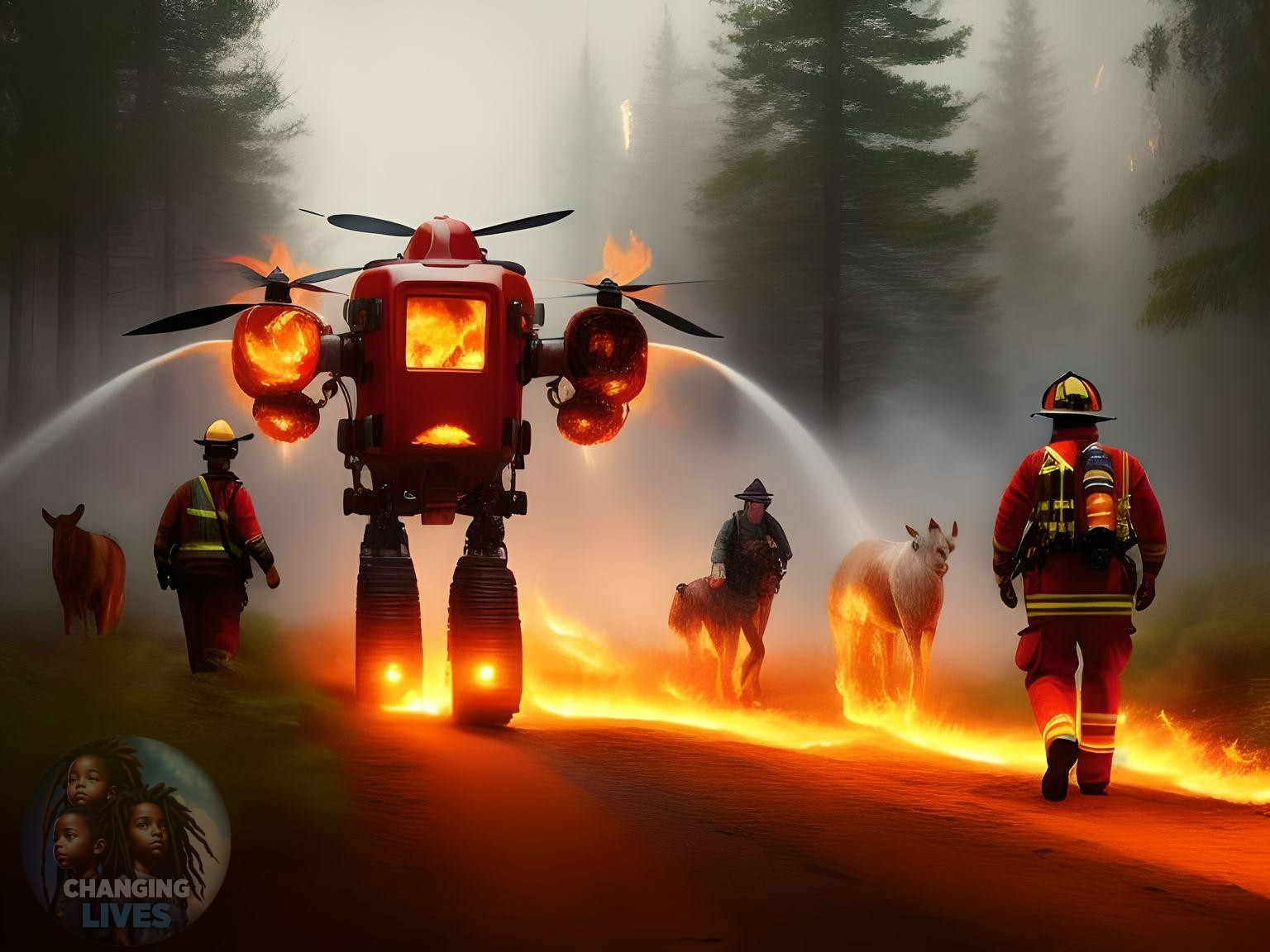
AI algorithms analyze data collected by IoT devices to identify fire risks and patterns that human observation might miss. Using machine learning, these systems can distinguish between normal environmental changes and potential fire threats, such as differentiating steam from smoke.
AI-powered fire detection systems can also predict fire risks by analyzing historical data, maintenance records, and environmental factors. For example, in an industrial setting, AI can alert managers about overheating machinery that might ignite a fire, enabling preventive action.
Key Benefits of AI and IoT in Fire Safety
- Real-Time Monitoring and Alerts
AI and IoT enable continuous monitoring of environments, sending instant alerts to stakeholders when fire risks are detected. These alerts can be delivered via mobile apps, email, or integrated building management systems, ensuring swift action. - Improved Accuracy and Reduced False Alarms
By analyzing multiple data points, AI minimizes false alarms caused by benign factors like cooking smoke or humidity, enhancing the reliability of fire detection systems. - Enhanced Coverage for Large and Complex Spaces
IoT networks can cover vast areas, making them ideal for large facilities, high-rise buildings, and remote locations. With interconnected sensors, fire risks can be pinpointed with precision, even in challenging environments. - Predictive Maintenance and Prevention
AI systems can detect early signs of wear or failure in electrical systems, heating equipment, or machinery, allowing for timely maintenance and reducing fire risks. - Integration with Firefighting Operations
IoT and AI systems can integrate with firefighting drones, robotic extinguishers, and emergency response systems, providing real-time data to first responders about the fire’s location, intensity, and spread.
Real-World Applications
- Smart Cities: IoT-based fire detection systems are being deployed in smart city projects to monitor public spaces, transport hubs, and critical infrastructure for fire risks.
- Industrial Facilities: Factories and warehouses use AI-powered systems to detect overheating machinery and combustible gas leaks, preventing fires before they start.
- Residential Buildings: Smart home systems equipped with IoT-enabled smoke detectors and AI platforms provide homeowners with real-time alerts and remote monitoring capabilities.
Challenges and Considerations
Despite its potential, the integration of AI and IoT in fire safety comes with challenges:
- High Implementation Costs: Advanced fire detection systems can be expensive to install, especially in older buildings or large facilities.
- Cybersecurity Risks: IoT devices are vulnerable to hacking, which could compromise safety systems. Robust cybersecurity measures are essential to mitigate this risk.
- Complex Integration: Integrating AI and IoT systems with existing fire safety infrastructure can be technically challenging, requiring expertise and coordination.
The Future of Fire Safety
As technology continues to advance, the potential for AI and IoT in fire safety will grow. Emerging innovations, such as 5G connectivity, edge computing, and blockchain, are expected to enhance the capabilities of fire detection systems further.
Additionally, AI algorithms will become more sophisticated, capable of analyzing even larger datasets and providing more accurate predictions. IoT networks will expand, creating seamless integrations between fire safety systems and other building management solutions.
Conclusion
AI and IoT are revolutionizing fire safety by enabling smarter, faster, and more reliable detection systems. By combining real-time monitoring, advanced analytics, and predictive capabilities, these technologies significantly enhance the ability to prevent and respond to fires. While challenges remain, the benefits of adopting AI and IoT in fire safety far outweigh the hurdles, paving the way for a safer and more resilient future.



